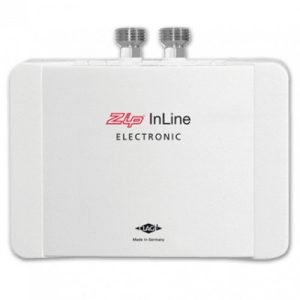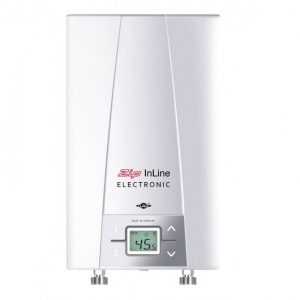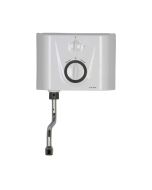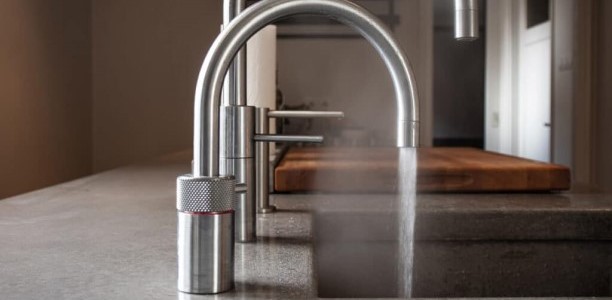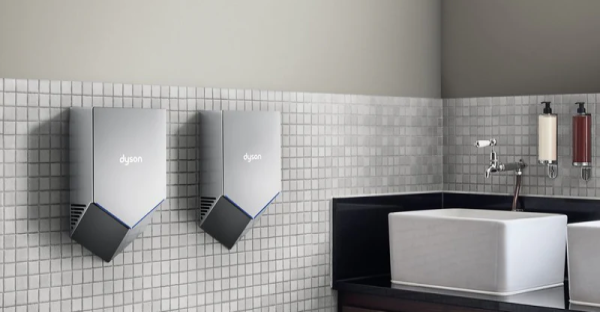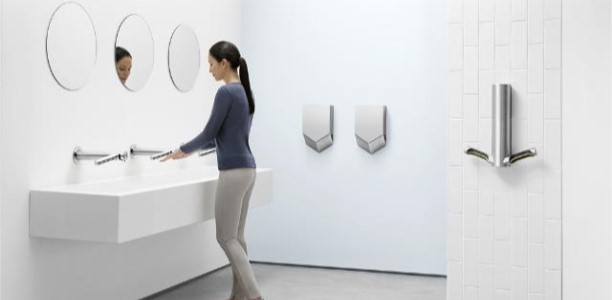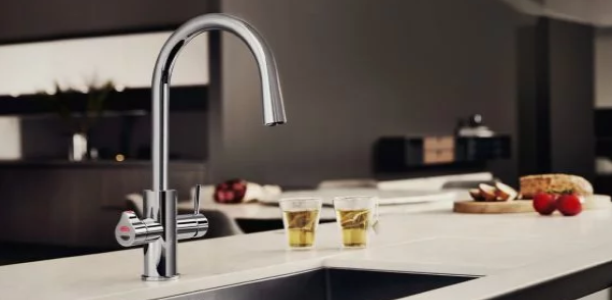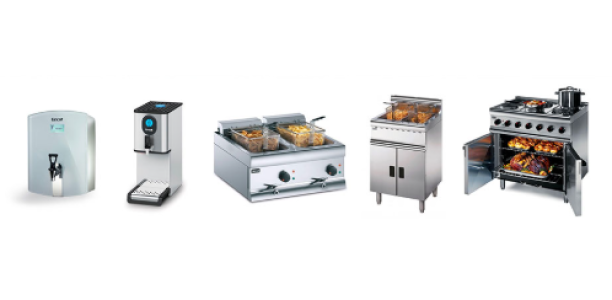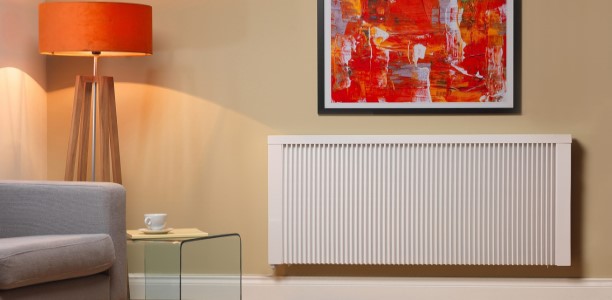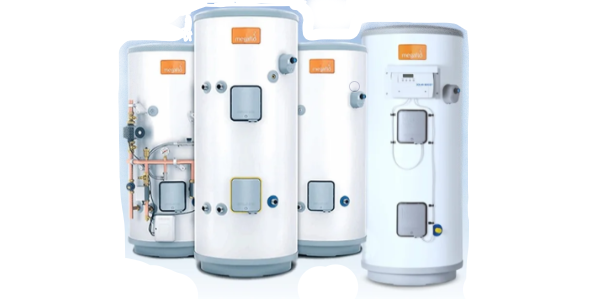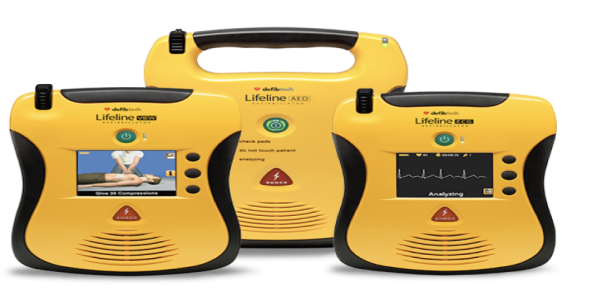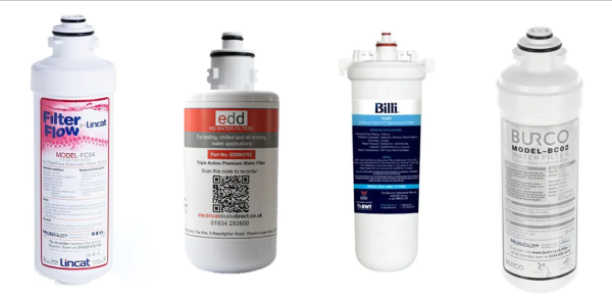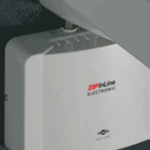
Instantaneous water heaters are great if customers are limited on space as they don’t store any water. The lack of storage also means that there is no risk of the water cooling. As the water is heated when you need it, it also means you only pay for what you use.
One thing to think about when considering an instantaneous water heater, is that they have a high kilowattage. They start around 3kW for an ES3 (a simple hand wash unit), and can rise to 12kW (DEX12) with single phase electricity; anything higher than that will require 3 phase electricity.
Most people looking to purchase an instantaneous water heater will only be using single phase electricity anyway, and although it narrows it down, there is still a wide range of instantaneous water heaters out there.
The first thing to think of before purchasing an instantaneous water heater is the distance between the unit and appliance(s). We recommend that the unit is no more than 2 metres away from the appliance, to reduce the cooling of water as it travels through the pipes. Anything further will reduce the temperature of the water, and will also mean you will be heating up more than you need as you could have a few metres worth of cooling hot water going to waste, like any other water heater.
What Instantaneous Water Heaters are there?
If you are looking for something as simple as hot water for a single hand wash basin, then an ES3 (manufactured by Zip) would be suitable. It was manufactured specifically for hand wash basins, and although the flow rate isn’t powerful, it gets the job done. There are also slightly more powerful versions of the ES3, called the ES4 and ES6. These higher kilowattage models increase the flow rate if you feel the ES3 isn’t quite providing the power you need. Hyco also have a hand wash unit called the Rho, and comes in either 4.4kW or 6kW. These are a cheaper alternative to the ES4 and ES6.
The next instantaneous water heaters up from the ES range is the CEX range. There are only 2 models, one for over a sink (CEX-O) and one for under a sink (CEX-U). The power can be adjusted on these models, from 6.6kW to 8.8kW, depending on the required use. Having the instantaneous water heater on the higher power mode will allow the unit to provide hot water for a hand wash basin/kitchen sink and a shower. However, the flow rate will be 4.8L/m at its peak, and it is not recommended to use both appliances at the same time; cutting the flow rate in half for each appliance being used. (This is the same for every instantaneous water heater).
The DEX12 is the next model up in the range, with 8.8kW – 11kW range, which is adjustable on installation. The DEX12 is the most powerful single phase instantaneous water heater on the market, and is one of our best sellers. It is compact, slim and contains all the advantages from bare wire technology. This allows the heat to be transferred directly to the water without having to pass through a heat exchanger.
The Zip range of instantaneous water heaters is designed to be compact, however there are other instantaneous water heaters. Click here to see instantaneous water heaters from Heatrae Sadia, Hyco and Stiebel Eltron.





